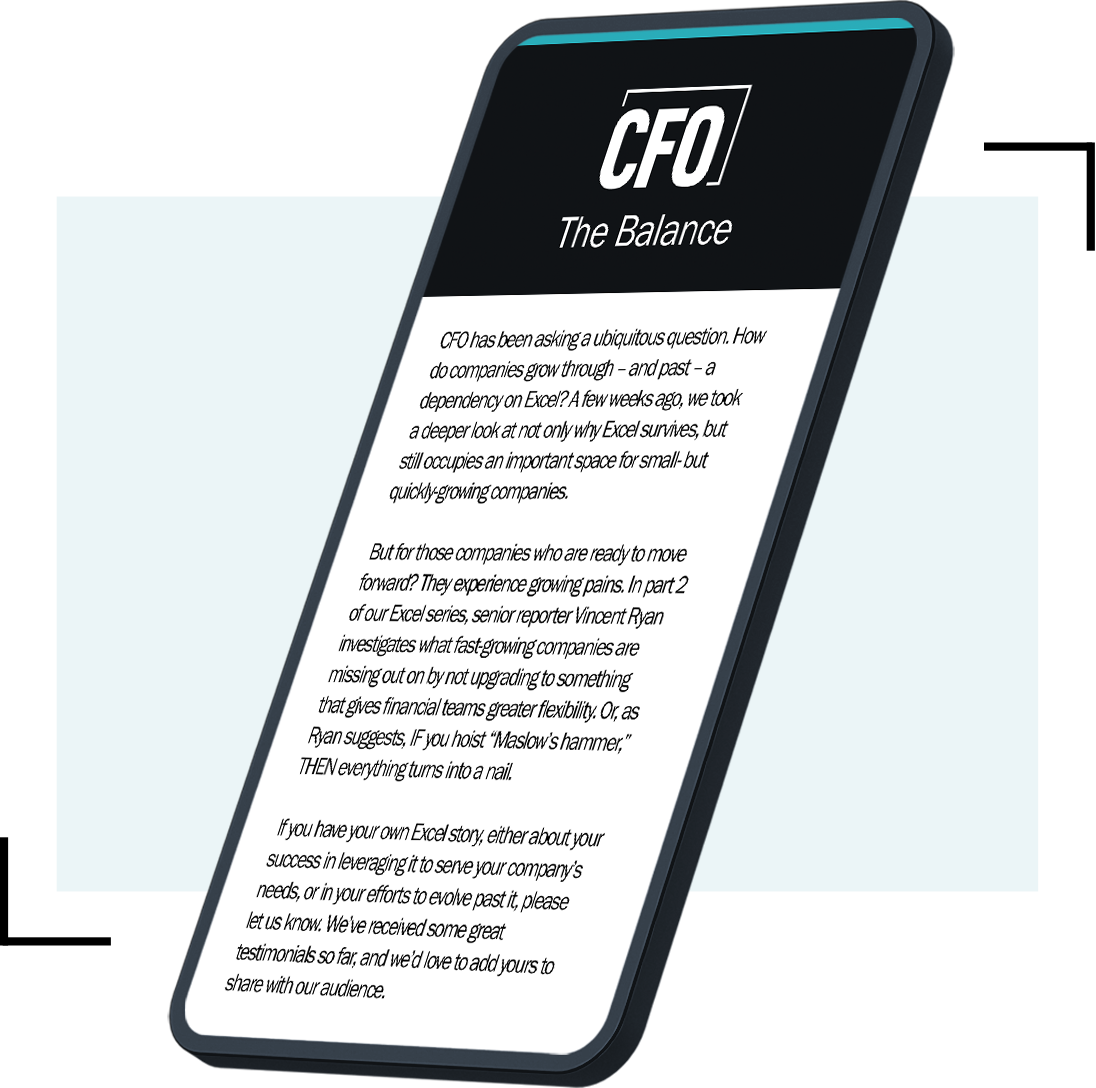The explosion of big data has given every professional services organization reason to evaluate how digital information affects their business. The challenges faced by the insurance industry are no different than any other, as companies continue to evolve their approach to generating, storing, and making actionable large and complex sets of data with the goal of creating efficiencies and improving their bottom line.
In property and casualty insurance, the use of data analytics is nothing new. In a recent survey by Willis Towers Watson, 54% of 48 U.S. and P/C insurance executives said they use predictive modeling for underwriting/risk selection, and that usage is expected to grow by 40% over the next two years. Predictive modeling is also expanding into functions beyond just rate setting and accuracy, including claims triage, underwriting appetite and strategy, market-share analysis, and litigation propensity.
But despite such advances, apprehension around adoption remains. While executives are pushing predictive modeling, another survey conducted by Valen Analytics found that 82% of 39 P/C executives believe the adoption of analytics among underwriters is still a “high concern.” Underwriters feel their experience is more valuable than a data point, while others fear it will replace them entirely.
Further, while company earnings calls can show the utility of predictive modeling on profitability and innovation, they are revealing additional and unexpected worries for P/C insurance executives. Analysts and investors are no longer just asking about big data in relation to earnings, but they are now speculating about perceived risks with regards to civil rights and customer profiling which, in turn, affect marketplace trends.
For these reasons, it’s imperative for insurance CFOs and other financial executives to understand how to measure their investment in data analytics for their own financial risk and solvency.
What is the ROI for Predictive Analytics?
P&C executives largely agree that predictive analytics can boost their companies’ profitability. Thus they need to effectively communicate—not only to their underwriters, but to their investors and analysts—just how intimately the practice is tied to overall company performance and mitigating perceived risk from the market. To that end, here are four clear and actionable steps they can take:
- Develop a clear analytics roadmap across business units. This will help organize a company’s investments into analytics to manage expenses, track buy-in from stakeholders, and set expectations for acceptable returns.
- Monitor their outputs against what is happening in the field. To avoid the situation where underwriters push back on predictive models, it’s important to see if rates set by the models are actually realized in revenue. For models in production, develop metrics to monitor the rates suggested by the models and deviation in pricing by underwriters.
- Develop an enterprise-wide model monitoring program. This will ensure that models are up to date and recalibrated on a consistent basis so rates are accurate and reflect the right data. This will help avoid disruption that would force the insurer to rebuild a model from scratch, wasting the organization’s time and money.
- Look outside the industry to see how other organizations measure ROI. The math and principles for P/C insurance are the same and can be applied across sectors. It’s important to understand how profitable companies answer hard questions related to predictive modeling and how they measure ROI. For example, Google developed a predictive model to calculate ROI on advertising campaigns. This type of insight can be used by an organization to quantify these efforts.
As predicted by Moody’s, data analytics has certainly helped the P&C insurance industry identify sources of earnings, improve the underwriting cycle, and predict volatility in the market. In order to consistently meet these expectations and maintain profitability, executives must better understand the financial risks and ROI in order to communicate and plan accordingly, both internally and in the marketplace.
Loren Trimble is president, co-founder, and managing director of AArete, a management consulting firm. Michael Kim is a director at AArete.








